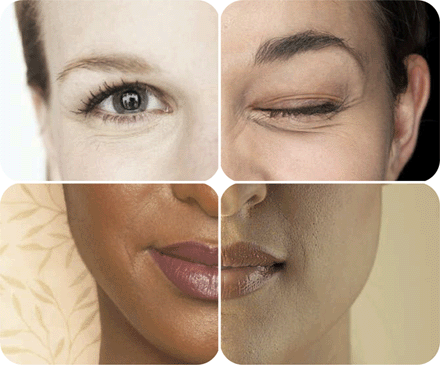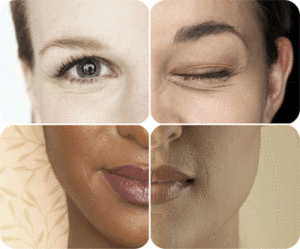How Long Does It Take to Achieve a Tan with Melanotan 2 Injections and Nasal…

Role of Receptors in Tanning: Science Explained
Unveiling the Science Behind Suntans: Exploring the Role of Receptors in Skin Pigmentation
The allure of a sun-kissed tan has captivated people for generations. But beneath the surface beauty lies a fascinating interplay of cellular mechanisms driven by specialised receptors. In this in-depth exploration, we delve into the intricate world of receptors responsible for the tanning process and unravel the science behind that golden hue.
1. Melanocyte-Stimulating Hormone (MSH) Receptors
At the heart of tanning lies the melanocyte-stimulating hormone (MSH) and its receptors. Skin’s outer layer, the epidermis, houses melanocytes, specialised cells that produce melanin, the pigment responsible for skin, hair, and eye color. When skin is exposed to UV radiation, the body releases MSH. These MSH molecules bind to receptors on melanocytes, kickstarting a cascade of events that leads to increased melanin production.
2. Melanocortin 1 Receptor (MC1R)
A key player in the tanning process is the melanocortin 1 receptor (MC1R) encoded by the MC1R gene. This receptor determines an individual’s response to UV exposure. When MSH binds to MC1R, it stimulates the production of eumelanin, the type of melanin that results in darker skin tones. Variations in the MC1R gene can explain why some individuals tan easily while others burn.
3. Ultraviolet Radiation Receptors
While not receptors in the traditional sense, skin cells have a remarkable way of “sensing” UV radiation. Exposure to UV radiation prompts a cellular response aimed at safeguarding against DNA damage. This includes an increase in melanin production. As melanin absorbs UV radiation, it helps to minimise the potential harm to DNA.
4. Cytokine Receptors
The dialogue between cells involves cytokines—small proteins that orchestrate various biological responses, including inflammation and immune reactions. Some cytokines, like interleukin-1 (IL-1) and endothelin-1, activate melanocytes, leading to heightened melanin production. This intricate signalling is part of the body’s protective mechanism against UV radiation.
The Dual Nature of Tanning: Beauty and Protection
Tanning serves as a testament to the skin’s incredible adaptability. The melanin-rich tan not only adds aesthetic value but also acts as a biological shield. The increased melanin levels help to absorb and scatter UV radiation, minimising the potential for DNA damage and reducing the risk of sunburn.
Balancing Act: Moderation and Protection
While the science behind tanning is captivating, it’s essential to remember that moderation and protection are paramount. Excessive UV exposure can lead to sunburn, premature aging, and an increased risk of skin cancer. Protecting your skin with sunscreen, wearing protective clothing, and limiting sun exposure during peak hours are crucial for maintaining skin health.
**Conclusion**
The receptors orchestrating the tanning process reveal the intricate dance of cells, hormones, and UV radiation. While the pursuit of a sun-kissed glow is timeless, understanding the science behind it empowers us to make informed choices about sun exposure. Embrace the beauty of a well-maintained tan, but always prioritise skin health and safety.




This Post Has 0 Comments